Prefer to listen in? Play the audio here:
Thanks to updates in the SECURE 2.0 Act concerning retirement and education savings, 2024 brings the newfound flexibility to repurpose unused 529 funds for retirement savings—an option that wasn’t previously available.
Understanding 529 Plans and Roth IRAs
A 529 plan is a versatile, tax-advantaged account designed to help families save for educational expenses. Initially focused on college costs, its scope has broadened to include K-12 tuition, apprenticeship programs, and student loan repayments. However, if the funds exceed the beneficiary's educational needs—perhaps due to a scholarship or a choice of a less expensive educational route—the excess traditionally faced withdrawal penalties or needed to be reallocated to another family member.
In contrast, a Roth IRA is an investment vehicle aimed at retirement savings. Contributions are made with after-tax income, and the account's growth and withdrawals during retirement are tax-free, provided certain conditions are met. In 2024, single filers with an income above $161,000 and married couples filing jointly with an income over $240,000 are ineligible to contribute to a Roth IRA. Roth IRAs are especially advantageous for those who expect to be in a higher tax bracket in retirement, as the withdrawals do not incur taxes, unlike those from a 401(k) or traditional IRA.
Both 529 plans and Roth IRAs offer distinct tax advantages that can be pivotal in financial planning for education and retirement, respectively. The SECURE 2.0 Act enhances this by introducing a new rollover option that we'll explore in the following section, adding a layer of flexibility for long-term savings strategies.
The New Rollover Option
Building on this financial flexibility, the SECURE 2.0 Act introduces a provision that allows a lifetime transfer of up to $35,000 from a 529 plan to a beneficiary's Roth IRA. It's important to note that this limit applies to each beneficiary rather than to the account owner, a consideration that offers relief for those who may have concerns about overfunding a 529 plan. This strategic move can redirect surplus education funds into a nest egg for the beneficiary's future, supporting their financial health well into retirement.
Key Rules and Limitations
Before taking action, here's what you need to know about the rollover process:
Holding Period: The 529 account must have been in place for at least 15 years.
Contribution Windows: Contributions from the last five years aren't eligible for a tax-free rollover, focusing on longer-term savings.
Annual Roth Limits: In 2024, rollovers are subject to a Roth IRA annual contribution limit of $7,000, meaning you'd need five years to roll over the entire lifetime limit amount of $35,000.
Earnings Requirement: The beneficiary must have earned income in the year of the rollover equal to or greater than the rollover amount.
Beneficiary Consistency: The beneficiary of the 529 plan must be the same individual who owns the Roth IRA.
Considerations Before a Rollover
While the option is enticing, there are several strategic factors to consider:
Timing: While the rule took effect in 2024, there's no need to make changes to your 529 plans just yet. Further IRS guidance is expected later this year, which could impact the best strategies for utilizing this rollover option.
Beneficiary Changes: Be cautious about changing beneficiaries to navigate around these new provisions. It's unclear if such changes might reset the 15-year rule or lead to other complications.
Opening a Roth IRA: If the beneficiary has income, starting them off with an Roth IRA now could be beneficial, allowing them to take advantage of compound growth and potentially lower tax rates during their early earning years.
Other Options for 529 Funds: Several penalty-free options exist for utilizing 529 plan savings. For example, funds can be applied towards paying off qualified student loans. Furthermore, if the 529 plan beneficiary is awarded a tax-free scholarship, they're permitted to make withdrawals from the 529 plan equal to the scholarship amount. While taxes on the earnings portion of these withdrawals are still due, the usual 10% penalty for nonqualified withdrawals does not apply. It's important to keep a receipt of the scholarship for tax documentation purposes.
Final Thoughts
The 529-to-Roth IRA rollover provision is a welcome addition, offering savers another avenue for utilizing their educational savings. It's not just a plan B for unused college funds; it’s a forward-thinking feature that can contribute to the beneficiary's financial stability well into their future. However, it should be integrated thoughtfully into your broader financial plan, ideally with the guidance of your financial advisor. Don’t hesitate to reach out to our team at Aspire Planning Associates if you have any questions! Call us at (925) 938-2023 and schedule an appointment today.
The content in this article is provided for informational purposes only and is not intended as personal financial advice. For advice tailored to your specific situation, please consult the Aspire Planning Associates team or another certified financial planner (CFP) professional. Please note that the information presented is based on the current financial landscape, which may change over time. We recommend staying informed on relevant laws and market conditions as they evolve.



